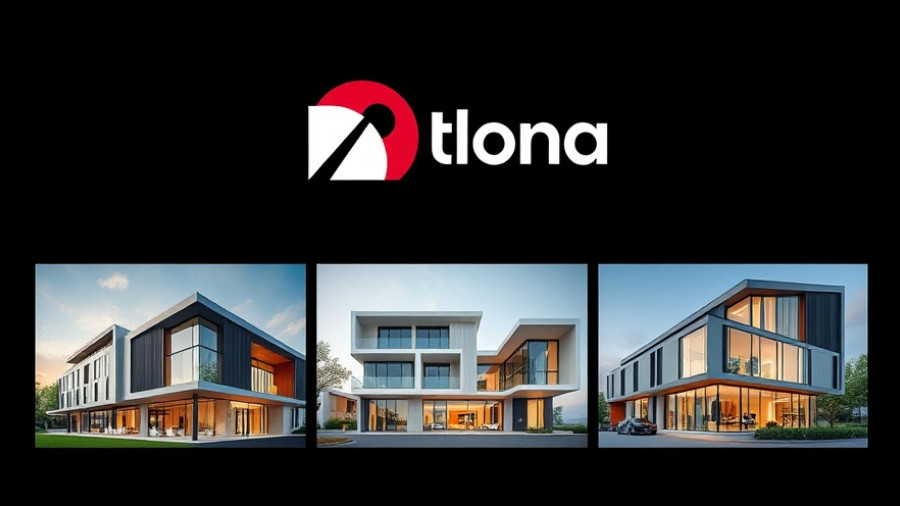
Why Code Compliance Matters in Architectural Design
Architects play a pivotal role in creating safe and functional buildings, and one vital aspect of this responsibility is to ensure compliance with safety codes. This not only protects the occupants but also safeguards the architects from potential liabilities. Every detail in a building plan must be scrutinized to ensure that it adheres to regulations designed to prevent hazards.
Understanding the Risks of Unnecessary Penetrations
When reviewing plans, architects must pay particular attention to exit stairwells. These crucial spaces need to remain free of unnecessary penetrations that do not serve a specific purpose. Such unnecessary additions can compromise the integrity of exit routes, potentially leading to disastrous consequences during emergency situations. The recommendation is simple: if a penetration doesn’t contribute to the function of that stairwell, it shouldn’t be there.
Practical Tips for Ensuring Compliance
To facilitate compliance, a straightforward approach can be employed. Ask yourself each time you come across a penetration, "What are you doing here?" By determining the purpose of essential systems, such as sprinkler lines, lighting, or HVAC ducts, you can effectively assess whether they belong in a given space. For instance, each sprinkler head must serve a designated area, while conduits should not clutter stairwells without clear justification.
Future Trends in Building Safety and Design
As we advance in construction technology and design practices, an emphasis on safety is becoming paramount. There’s a growing movement within the architectural community toward integrating safety and functionality into the initial design phase, rather than as an afterthought. As technology evolves, architects will likely utilize software and tools that streamline compliance checks throughout the design process.
Emphasizing Collaboration Among Professionals
Architects are not alone in ensuring safety standards. Collaboration with engineers, contractors, and facility managers is vital to uphold safety regulations. Each professional must understand their role and contribute to a cohesive plan that prioritizes safety while still allowing innovative design. The collective responsibility towards code compliance can lead to safer and more efficient buildings.
Conclusion: The Importance of Thoughtful Design
In conclusion, as architects and design professionals, your focus on eliminating unnecessary penetrations in exit stairwells and shafts is crucial. Compliance with safety codes not only meets legal requirements but also emphasizes your commitment to public safety. Remember, when designing spaces, always prioritize thoughtful planning that genuinely enhances the building’s function.
 Add Row
Add Row  Add
Add 




Write A Comment